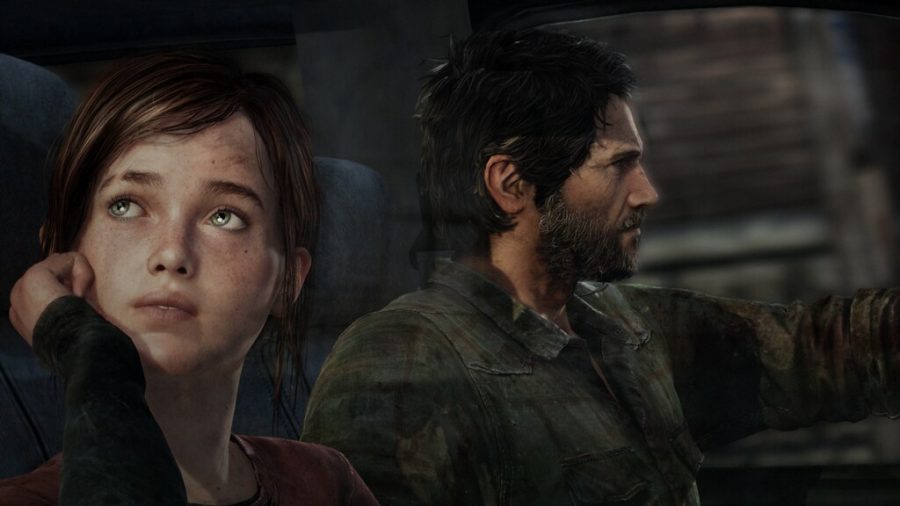He is the towering titan of our time. He is a relic from the ancient world, awoken from his slumber into the modern day by mankind’s scientific power. His fury knows no bounds, his strength knows no limits. He is the nuclear leviathan, the radioactive behemoth, the god of destruction.
He is Godzilla, the most powerful being to ever walk the earth.
For nearly 60 years, Godzilla has brought his wrath down mankind. With 28 films and counting (The 1998 remake doesn’t count), Godzilla is the longest-running film series in the world. He has been destroyer and guardian, hero and villain. His versatility has allowed the franchise to explore various themes and topics. Not long from now, on May 16th, the titular beast will return to the silver screen in one of the most hotly anticipated films of the year.
However, in his debut film, he was not just a monster. He was more than a destroyer. He was the symbol of everything the nation of Japan feared. His debut film gave a voice to Japan’s fears of the now as well as the future, the unthinkable that came with the bombing of Hiroshima and Nagasaki. Godzilla was the warning of what mankind had unleashed, and a plea to stop before it was too late.
The year was 1954
It was only nine years since the end of World War II, and Japan was a vulnerable nation. Though the post-war period was over, lingering fears of atomic disaster still remained. The Cold war between the Soviet Union and the United State was spreading fears of an atomic holocaust.
Though lost in the annals of history, a small incident took place that spawned an idea, and brought the beast up from the depths. On March 1st, a tuna trawler known as The Lucky Dragon No. 5 strayed too close to an H-bomb testing near the Marshall Islands. When the crew returned to Japan, they were riddled with radiation poisoning.
As the Lucky Dragon ignited international controversy, an ambitious producer known as Tomoyuki Tanaka was becoming more and more desperate. Tanaka was an up-and-coming star at Toho Motion Pictures, but his latest production had just fallen victim to disaster and was returning back to Tokyo. In dire need of a new idea, Tanaka peered down at the Pacific Ocean beneath him and thought of the poor trawler.
When the producer returned, he approached his boss, production chief Iwao Mori with the idea of Japan’s first-ever giant monster film. There was no story, no clear idea of what the monster would be, but there was the idea: a monster, stirred from its sleep by nuclear testing that vented its fury on the nation of Japan. Hardly the most original concept, but the eventual outcome of the film, inspired by the images of WWII and more, would bring the film into new ground. It would be called Gojira.
The director chosen to helm the film was Ishiro Honda. Believing the titular beast should represent the horrors of nuclear war and the anxieties of post-Hiroshima Japan, much of the imagery used in the film probably came from Honda’s own experiences.
In 1936, Honda had been drafted by the Japanese Imperial Army, and was a footsoldier in occupied China for the next eight years. After the surrender, Honda traveled through a destroyed Hiroshima. The images he saw would linger forever.
Honda is quoted as saying, “If Godzilla had been a dinosaur or some other animal, he would have been killed by just one cannonball. But if he were equal to an atomic bomb, we wouldn’t know what to do. So, I took the characteristics of an atomic bomb and applied them to Godzilla.”
Even in the mid-50’s, special effects were becoming a crucial element of Hollywood filmmaking. Producer George Pal had just received an award for special effects the year previously for War of The Worlds, with more than $1 million being spent on the effects alone.
Gojira was being given a fraction of the budget. However, Eiji Tsuburaya, the man in charge of the film’s special effects, had more than enough imagination and talent to make up for the money he lacked. Hiring Haruo Nakajima to portray the titular beast, Tsuburaya created the monster via suit, a new innovation, one that would jumpstart a new genre.
Just three months later, the movie was finished. Costing almost $200,000 in today’s fund, it was about three times the cost of the average Japanese film of the time. It was a massive risk for Toho Studios, but one they were willing to take.
The gamble paid off, as Gojira was one of the best-selling films of the year, bolstered by its powerful acting, documentary-style camerawork, and a brilliant score, made possible by maestro Akira Ifukube. What sealed the deal on an incredible film, however, was its haunting imagery.
The meaning behind many of the sequences depicted in the film would have been evident to any Japanese citizen of the day: a small vessel out at sea, destroyed by a blinding flash; a reference to the Lucky Dragon. The destruction and chaos wreaked by Godzilla himself, hauntingly similar to the fire bombings of Tokyo, and the eventual destruction that would come at war’s end. The disaster shelters overflow with the dead, and many more that will soon join them. A young boy is riddled with radiation, a little girl screams over the body of her dead mother. A choir prays for peace as a nation mourns their tragedy. The screams of Hiroshima and Nagasaki echo across the film, transcending the film from a typical film into a timeless memorial of a nation’s grief and pain.
As the time of the atomic age faded, the relevancy of nuclear holocaust films began to fade. Despite Three Mile Island and Chernobyl, it seemed as if humanity had wrestled control of this powerful Pandora’s Box. As time went on, the power of nuclear energy seemed to fade.
Then Fukushima happened, and the world woke up again. As a city was emptied due to a leak, people realized that the Pandora’s Box, once thought to be kept sealed, had opened up again. In that moment, the mighty head of Godzilla rose from the sea once more.
In 1993, the year of the great director’s death, Ishiro Honda lamented that his film had done nothing to stop the use of atomic weaponry. In the modern world of today, more countries are going nuclear, and the bomb is coveted by terrorists the world over. Godzilla never left the world’s stage, but merely lurked beneath the surface.
Godzilla is an immortal creature, his life tied to the power that brought him into the modern world. He is relentless in his destruction, and his rage will never cease. He is a warning, a message to mankind to stare the monster in the eye and recognize what we’ve done, before the mistake can never be reversed. Nuclear energy is a great power, but unless we recognize it can be our undoing, Godzilla will never rest.





